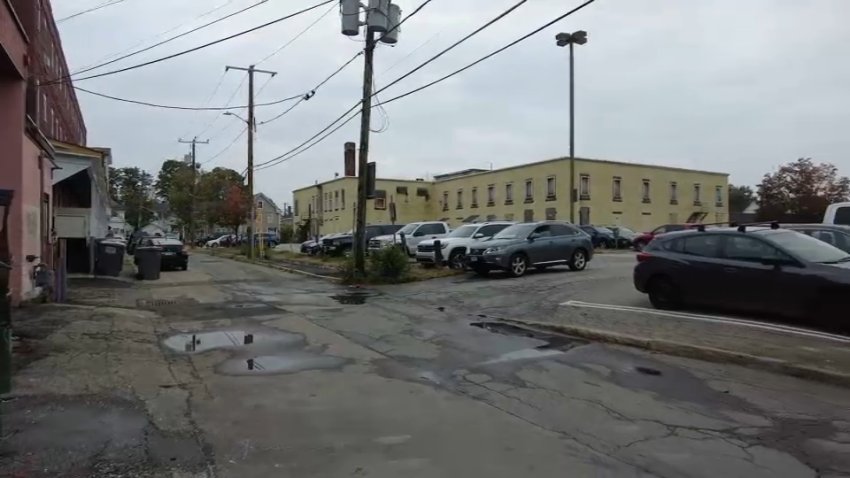

The Latest
-

NFL's best WR gave lots of praise to new Patriots CB Carlton Davis
The best wide receiver in the NFL has plenty of praise for Carlton Davis, who the Patriots acquired on Day 1 of free agency.
-

Time to pivot? Assessing Patriots' dwindling options at left tackle
How should the Patriots fill their biggest remaining roster need? Phil Perry breaks down who’s left at left tackle on Day 2 of NFL free agency.
-

3 Mass. medical device company execs plead guilty over misleading lead tests
Three former top executives for Massachusetts’ Magellan Diagnostics pleaded guilty to federal charges for parts in concealing a malfunction in a lead testing device that gave inaccurately low results for tens of thousands patients, including children, prosecutors said.
-

Five post-NHL trade deadline Bruins storylines to watch
What should Bruins fans watch for after a busy NHL trade deadline? Here’s a look at five important storylines.
-

At least 2 buildings damaged in Peabody fire
At least two buildings were damaged in a fire in Peabody, Massachusetts, on Tuesday. The fire was reported shortly before 11 a.m. on Aborn Street. The Lynn Fire Department said in a post on Facebook that they were responding mutual aid to the fire scene. There was no immediate word on any injuries. Aerial video from the scene showed firefighters... -

New Bedford woman attacked while visiting local cemetery
A woman says she was attacked by a man trying to rob her while visiting her grandparents’ graves in New Bedford, Massachusetts, over the weekend, NBC affiliate WJAR-TV reports.
-

Well-known chef behind award-winning Italian dining spot involved with new North End restaurant
[This story first appeared on Boston Restaurant Talk.] A North End restaurant that has been in business for more than 10 years has morphed into a new dining spot with a familiar name–and with a well-known local chef involved with the place. According to a source, Locale on Hanover Street is now called Little Sage, with an OpenTable page for..... -

Iconic Pink House on Plum Island demolished Tuesday morning
The iconic Plum Island landmark known as the Pink House was demolished on Tuesday morning, two days after people gathered in Newbury, Massachusetts, Sunday to bid farewell to the century-old structure.
-

Man charged in stabbing outside Medford courthouse
A man has been charged with stabbing another man during a fight outside a courthouse in Medford, Massachusetts, on Monday, according to Massachusetts State Police.
-

Live updates: Tracking Patriots news on Day 2 of NFL free agency
Can the Patriots bolster their offense on the second day of legal tampering in NFL free agency? Follow our live blog for the latest news and updates.
-

Fallout in Everett over Inspector General report into mayor's bonus payments
The City of Everett remains at odds after an investigation found that Mayor Carlo DeMaria was overpaid $180,000 — an error that the mayor insists was not his fault.









